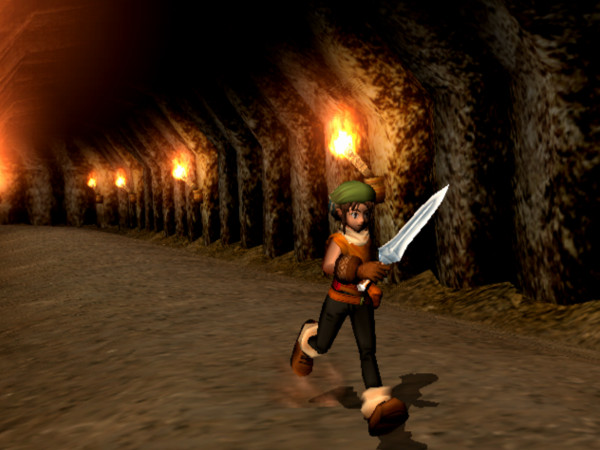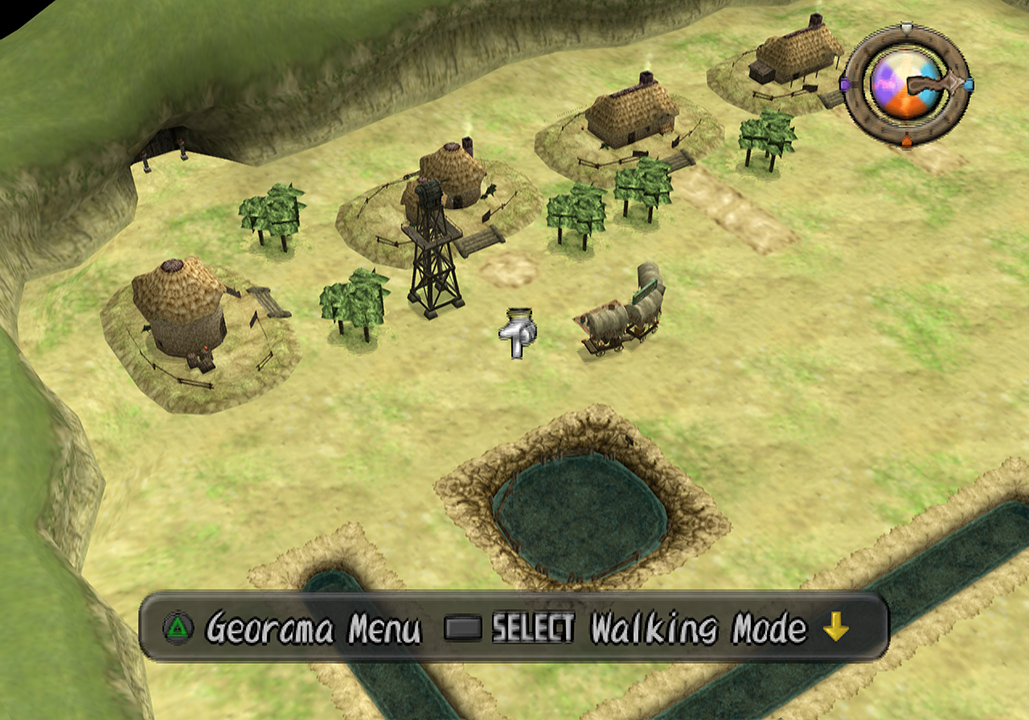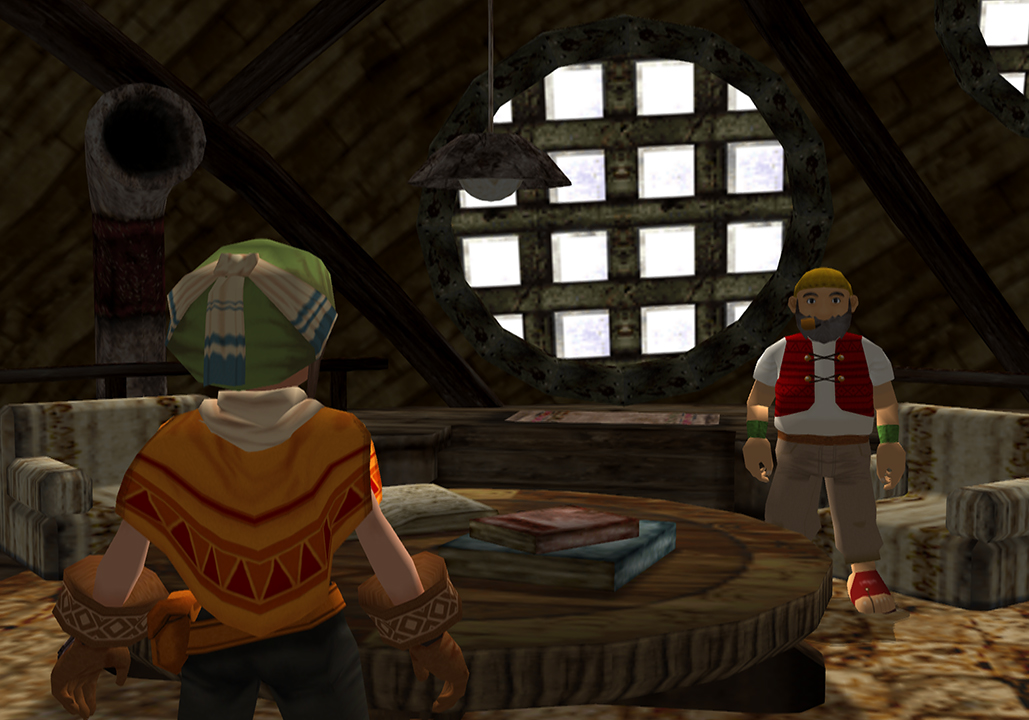
blog
Dark Cloud: How Level-5 Almost Failed At The Start Line
October 15, 2025
In the 1990's and 2000's, The Legend of Zelda was king. This was the age of copycats and competing intellectual properties trying to find a "Halo killer", a "Grand Theft Auto killer", and of course a "Zelda killer". Right as the dawn arrived, the PlayStation 2 launched and the console market was blown open to ravenous hordes of new players. One of the early birds for the behemoth PS2 was among the more competant of these proposed Zelda killers.

Dark Cloud's development began in 1998 as a PS1 game, as soon as its developer Level-5 was founded. However, once the PS2 was announced the following year, Level-5 quickly pivoted to the upcoming console and readied a demo of the game for Sony. After being picked up, it quickly gained steam at the 1999 Tokyo Game Show for a handful of unique mechanics. The game showcased a town-builder, which included the ability to arrange buildings in a macro-view and then to transition in real-time to a third-person view of the player character in which you could immediately interact with the buildings you'd just placed. The dungeon-crawling half of the game was procedurally generated, which was an idea that had not been meaningfully used in games at that point since Rogue in 1980. Both of these things exemplified the innovative technical prowess of the PS2 to prospective buyers.

One of the most enjoyable and addictive elements of Dark Cloud is its weapon evolution system. Nearly all of a character's levelling is not applied to the character to themselves like most RPGs, but rather their weapon. You're able to upgrade weapons by accumulating attachment buffs for them, and after a certain threshold, you're able to transform the weapon entirely into a totally different and stronger weapon. While fun, this does have its obvious downsides. In particular, the implemented durability system poses the risk of accidentally breaking the weapon you've invested resources into upgrading for 30 hours. It inevitably happens to anyone that's played the game, ultimately soft-locking their progression which could really only be negated by starting over from the beginning or just resetting your PS2.
By the time that Dark Cloud released in Japan in late 2000, it was a commercial failure, and critically it received middling reviews. It was deemed repetitive, tedious, and plain-looking. Even further, weapons were not indicating loudly enough that their durability was low, making the problem I mentioned earlier even worse.

As things were looking grim for Level-5's debut, they decided to further add to the game for the American and European releases. This meant more enemy variety, more weapons, making low-durability weapons emit a beeping sound, and an entire dungeon in the final leg of the game; essentially adding another sixth of the game retroactively. These changes, along with some more minor quality-of-life changes, made the difference. Ultimately, Dark Cloud became a surprise hit in America. Had these changes not been made, Dark Cloud would have likely been an all-around failure, forcing Level-5 to shutter their doors. Instead, it allowed them to develop a sequel called Dark Chronicle (or Dark Cloud 2 in America), in which many of these controversial mechanics were removed or reworked in a way that would allow them to synergize less rigidly.
Thanks to Level-5 continuing to refine the game even after the Japanese release, they were able to go on to create several games that are widely beloved to this day; including Dragon Quest VIII, Ni no Kuni, and the Professor Layton series. While this is likely not something that would happen nowadays with early access releases, public betas and the like, it is an invaluable lesson in game development. Refining your game and listening to feedback is almost always worth it, it could even save your company.
about
I am a man that dwells online. I like Persian and Thai food. I collect games, make music, and am currently creating my first TF2 map.



